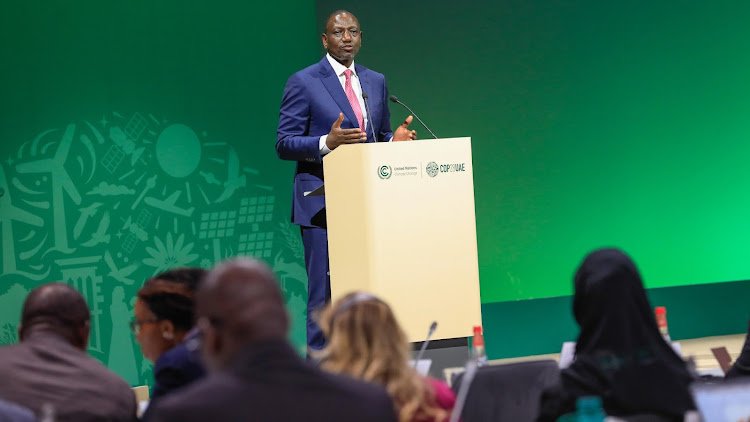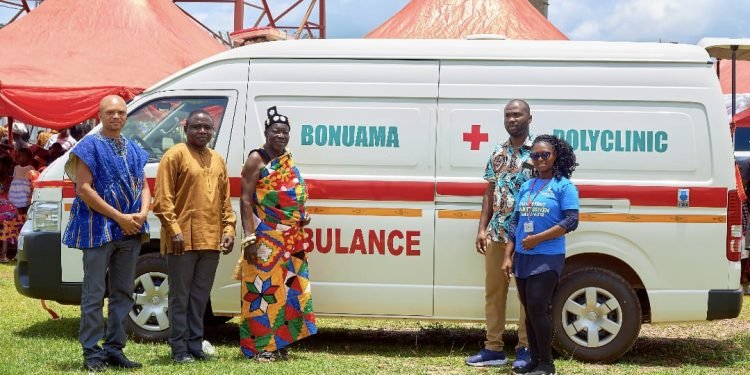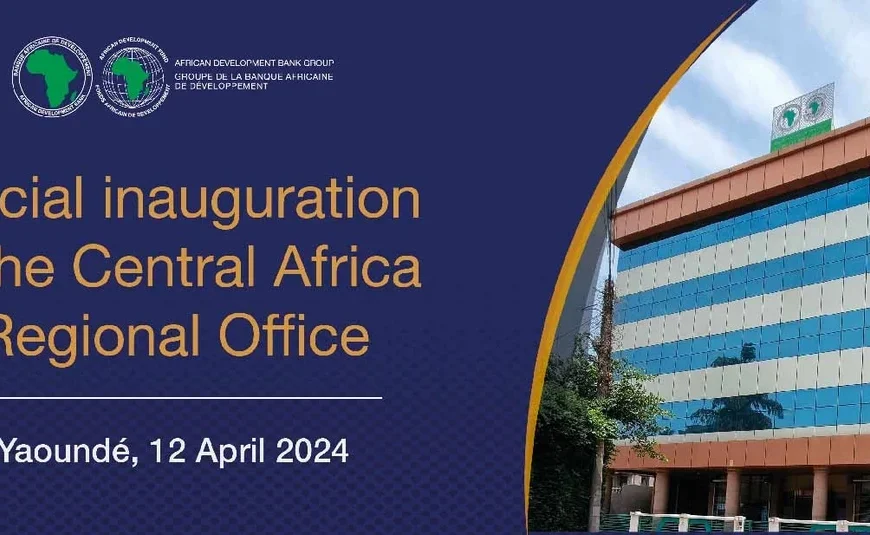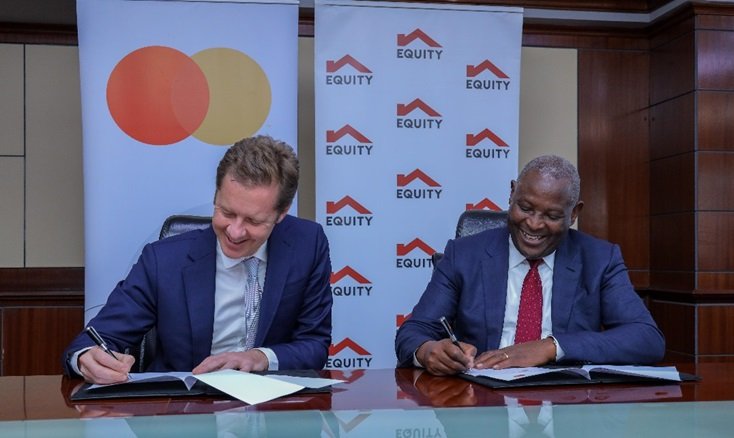

Insurance industry’s capital increases to ¢2.91bn
The insurance industry’s total capital base increased to ¢2.91 billion at the end of December 2020, from GH¢2.53 billion recorded in December 2019. This is a growth of 15% over the previous year.
According to the Bank of Ghana Financial Stability Review 2020, Capital Adequacy Ratio (CAR), a metric that measures the quality of available assets to meet obligations, stood at 415% and 328% for the life and non-life insurance subsectors respectively.
Importantly, the CAR for the life and non-life industry, in the review year, exceeded the minimum requirement of 150% for the industry.

The report further said improvements in corporate governance practices and the efforts made by insurance entities to meet the new minimum capital requirement contributed to this strong result.
The outlook for the solvency position of insurance institutions within the industry remains positive especially with the on-going recapitalization exercise
Return on equity increase significantly for nonlife insurers
Also, return on equity increased significantly for nonlife insurers and remained stable for life insurers.
In the life sub-sector, poor underwriting results and declining investment income led to a reduction in return on equity.
In contrast, return on equity in the non-life sub-sector increased on the back of investment income, which more than compensated for poor underwriting results within the non-life subsector. Underwriting losses and declining investment yields remain significant risks to profitability within the insurance industry.
The report said to address underwriting losses, insurers need to adjust their business models to prevent underpricing of risks while strengthening their cost control measures. In the near-to-medium term, the widespread use of the MID and the on-going recapitalization exercise, with cost control measures, is expected to improve underwriting results.
Total investment assets grew to ¢5.7bn
Total investment assets also grew to ¢5.7 billion at the end of December 2020, from ¢4.9 billion at the end of December 2019.
In the non-life sub-sector, total investment assets amounted to ¢1.9 billion, as compared to ¢3.9 billion in the life sub-sector.
The total investment assets in both the non-life and life sub-sectors were concentrated in fixed income securities, with a gradual shift of investments to the real estate sector, moderating in 2020.
In the life subsector, investments were primarily in Government of Ghana and Bank of Ghana securities (42.0%), investment properties (24.7%) and fixed deposits (19.5%).
Similarly, in the nonlife sub-sector, investments were primarily in fixed deposits (28.5%), GoG and BoG securities (24.7%) and investment properties (24.7%).
Insurance companies have up till the end of this year to recapitalize to ¢50 million or face revocation of license by the regulator.















